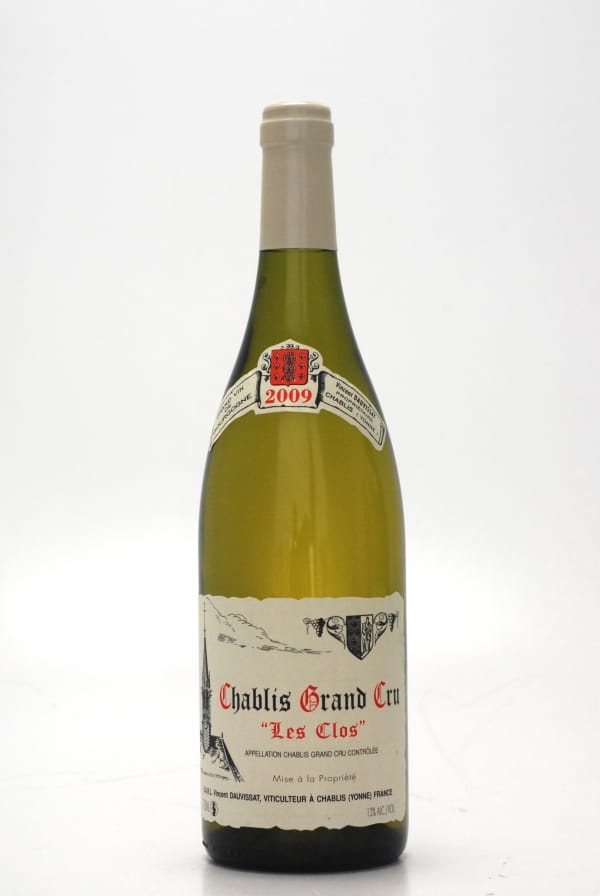Chablis Grand Cru Les Clos 2009 Domaine Vincent Dauvissat
| Klassifiziering | Grand Cru |
| Typ | Weisswein |
| Marke | Domaine Vincent Dauvissat |
| Jahrgang | 2009 |
| Land | Frankreich |
| Region | Burgund, Chablis |
| Traube | Chardonnay |
| Inhalt | 0,75 |
| Zustand | Aus Original Holz Kiste |
| Label | Perfekt |
| Trinkbar | -2030 |
| Vorrat | 0 |
Professionelle Bewertungen
Robert Parker (96)
Veins of saline minerality support expressive fruit in the 2010 Chablis Les Clos. White peaches, slate, smoke, crushed rocks and salt are all quite vivid in the glass. It is hard to resist the Clos today, as the fruit is so silky and delineated, yet at the same time it is quite clear the wine has the potential to evolve beautifully in bottle for many, many years. The 2010 is all about silkiness and precision. Today, it has a little less overt ripeness and weight next to the Preuses. Anticipated maturity: 2015+.
Vincent Dauvissat brought in his 2011s beginning on September 1st. Dauvissat likes the vintage, comparing it to 2009, but with a little more verve. For the first time malos were done by Christmas, which Dauvissat attributes to the precocious personality of the vintage. I tasted all of the 2011s from barrel, where they were aging on their fine lees after having been racked once. Dauvissat talks about the 2010 harvest as having two components. The fruit he brought in early had notable maturity and considerable concentration because of the tiny yields, while the fruit that came in after the September rain had a little bit better overall balance, which is to say alcohols around 12.5% and acidities that ranged from 6-7%, versus 13.5% and 7.5%, alcohol and acidity respectively, for the fruit harvested first. As a comparison, overall acidities for the 2011s were around 4%, significantly lower than 2010. Dauvissat told me his father planted the family’s vineyards with rootstocks that encourage early maturation, and that is a key in understanding many vintages at the domaine, including 2010, when an irregular flowering lowered yields dramatically. In 2010, the earlier flowering parcels got the worst of the bad weather, while the parcels that flowered later did better as the weather turned warmer and more stable at the most critical time. Overall yields were down approximately 40%. Sechets and Vaillons were also hit by frost.




















